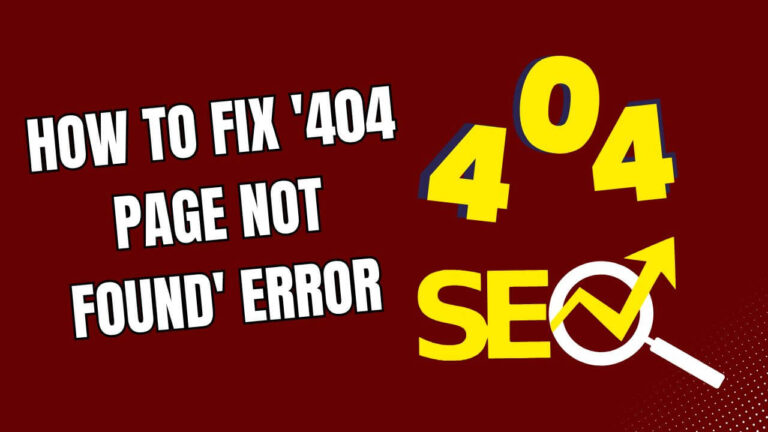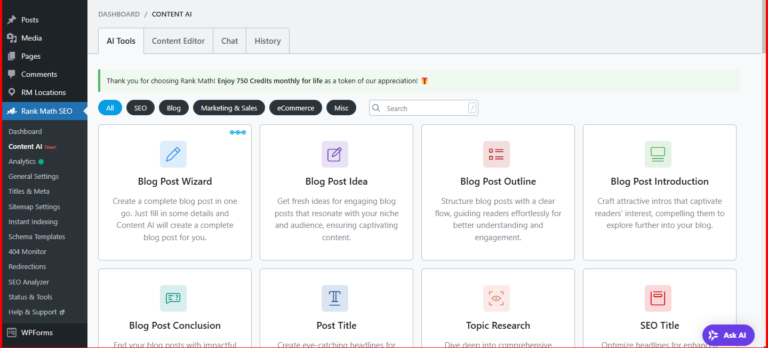Sustainability isn’t just a trend anymore; it’s what people expect. As people around the world become more aware of climate change and change their values, eCommerce businesses need to change their ways to be more environmentally friendly. The way forward is clear: do business with ethics. This includes everything from lowering carbon footprints to using ethical marketing strategies.
Why sustainable eCommerce is growing?
This guide talks about how eCommerce brands that are thinking ahead are building Green UX, Ethical SEO, and Eco-Friendly Funnels into their digital environments to make growth more sustainable and less harmful to the environment.
Chapter 1: What Does “Sustainable eCommerce” Mean?
Sustainable eCommerce is a set of operational, technical, and strategic guidelines that online stores follow to reduce their negative effects on the environment, be ethical in their marketing, and build long-term value through responsible innovation.
Why It’s Important:
- 89% of Gen Z would rather buy from brands that care about the environment and people.
- There are more rules and regulations, like carbon taxes and green compliance laws.
- Digital infrastructures use a lot of energy, which adds to world emissions in a big way.
Essential Parts:
- Packaging and shipping that are good for the environment
- Digitally lowering your carbon footprint
- Digital marketing that is moral (SEO, UX, data safety)
- Long-term merging of the supply chain
Key Point:
Sustainable eCommerce isn’t just about how products are handled physically; it’s also about how they are handled digitally.
Chapter 2: Green UX: Designing for Energy Efficiency and Engagement
What does Green UX mean?
Green UX is the process of making computer interfaces and eCommerce experiences that work quickly, use few resources, and focus on the needs of the users.
Principles of Green UX:
- Minimalist design means fewer parts, faster start times, and less energy use.
- Lessen the number of scripts and JavaScript that you use, and load files slowly.
- Optimized Media: Use WebP and pictures that are compressed. Stream videos with an adaptive bitrate.
- Options for dark mode: OLED screens use less power.
- Green Hosting: Look for hosts that use green energy, like GreenGeeks and A2 Hosting.
Case Study: Organic Threads
After using a lightweight UI, compressed product images, and eco-hosting, an eco-clothing brand cut their bounce rate by 22%. This led to an expected 16% drop in their site’s annual carbon emissions.
Chapter 3: Moral SEO: How to Get a Good Ranking
Ethical SEO” means what?
With white-hat SEO, value-rich content, accessibility, and algorithm alignment that doesn’t use spam or trickery, ethical SEO helps businesses grow in a way that lasts.
Key Elements of Moral SEO:
- Accessibility Optimization: making sure that keyboard access, Alt tags, and screen readers work with your site.
- Truthful Meta Tags and Descriptions: Stay away from ads and make sure that your meta content matches what’s actually on the page.
- Include Everyone: Make material that is accessible to people of all languages, cultures, and visual styles.
- Privacy-Aware Tracking: Don’t use cookies for analytics, or give people control over their data.
- Structure for long-lasting content: evergreen content, methods for internal linking, and call-to-actions that don’t get in the way.
“To do SEO right, you have to honestly and openly optimise for both people and algorithms.”
Tools that can help with ethical SEO:
- With Rank Math SEO, you can use ethical schema markup and score all types of content.
- Ahrefs and SEMrush: Keyword study that isn’t spam.
- Screaming Frog: Audits of technical accessibility.
Example: EarthCart
EarthCart saw a 40% rise in organic traffic and a rise in positive opinion on third-party review platforms after they restructured their site with semantic HTML and got rid of dark-pattern popups.
Chapter 4: Eco-Friendly Funnels: Long-Term Strategies for Conversion
What’s wrong with regular funnels:
A lot of digital funnels are too big and bothersome, and they make people tired of technology and wasteful of the environment (by making pages bigger and taking longer to open).
Practices for a Sustainable Funnel:
- Eco-Friendly Email Campaigns: Send emails less often, compress assets, and include plain-text copies.
- Lower-Carbon Landing Pages have a page size of less than 500KB, no auto-play media, and not too many graphics.
- Digital Lifecycle Mapping: Don’t show the same ads over and over; instead, automate based on real-time behavior.
- Consent-Based Data Capture: Lead generation tools that are clear and cookies that are GDPR-compliant.
Example of a Framework:
- AMP makes blog material that isn’t heavy
- Thoughts: Video recommendations with low bandwidth
- One-click checkout with no pop-ups that tell you to leave the page
By making these changes, the energy load on the funnel can be lowered while faith and conversion go up.
Chapter 5: Long-Lasting WordPress and WooCommerce Plugins and Tools
Plugins for WordPress that help with green shopping:
| Plugin | Function | Sustainability Benefit |
|---|---|---|
| Rank Math Pro | Ethical SEO + Schema | Clean SEO practices, structured data |
| WP Rocket | Speed Optimization | Faster site = less energy consumption |
| ShortPixel | Image Optimization | Reduces image file sizes |
| MailPoet | Email Marketing | Sends native Woo emails efficiently |
| Sustainable Analytics | Privacy-first tracking | Lightweight scripts, no cookies |
Tip:
Pick apps that are updated often, don’t take up much space, and were made by teams that care about the environment.
Chapter 6: Hosting and Infrastructure for a Greener Internet
Providers of greener hosting:
- Green Geeks: It uses 300% green energy.
- Google Cloud’s carbon-neutral technology is a partner of SiteGround.
- Green power runs all of Krystal.uk’s servers in the UK.
Best Practices:
- With edge delivery, you can host pictures on a CDN.
- To make resources less busy, use server-side caching.
- Check cron jobs and auto-update rounds to make sure that unnecessary tasks aren’t being done.
Hosts are the big problem when it comes to digital survival. Make a smart pick.
Chapter 7: Being Open, Doing the Right Thing, and Green Branding
What people expect to buy:
- Sources and carbon offsets that are clear
- Marketing that doesn’t cheat and is moral
- Eco-friendly behavior is linked to social proof
Build trust:
- Make a page about sustainability.
- Put out carbon reports every year
- Get certifications like “B Corp,” “Carbon Neutral,” and “Climate Pledge Friendly.”
Trust and authenticity lead to higher LTV and lower churn.
Chapter 8: How to Measure Long-Term Success
Metrics Other Than Revenue:
- Digital Carbon Footprint: Website Carbon Calculator and other tools like it
- Customer Feedback: Reviews that talk about sustainability
- Ethical SEO Score: An internal list of methods that are ethical and good for the environment
- Time-on-Eco-Page: Interaction with information about sustainability
Tools to Use:
- The website Carbon.com
- Rank Dashboard for Math Analytics
- Possible Analytics (an option to GA4 that respects privacy)
Chapter 9: Sustainable eCommerce Trends for the Future
- AI-Powered Green Recommendations: Based on what shoppers want, suggest low-impact goods.
- Eco-Digital Wallets: Carbon-offsetting built right into the checkout process.
- Blockchain to Make the Supply Chain Clear
- Trade-in, renting, and resale are built into eCom UX for circular commerce platforms.
- Real-time CO2 effect display for each product through Climate API Integrations.
Conclusion:
Be responsible or risk becoming irrelevant.
Sustainable eCommerce isn’t just about protecting the environment; it’s also about making businesses that can handle the future and connect with environmentally aware customers in a meaningful way.
You can cut down on your digital carbon impact and stand out in a crowded market by using Green UX principles, Ethical SEO strategies, and Eco-Friendly Digital Funnels.
Sustainability and success no longer contradict each other; instead, they work hand-in-hand.





